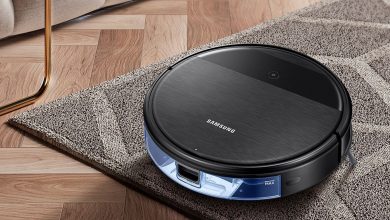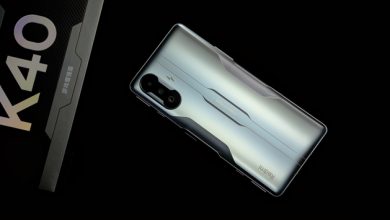QUARTZ . WATCH

1. QUARTZ WATCH (Battery)
Today, almost all quartz watches use hands to show the time. This type uses a quartz oscillator circuit, the oscillation pulse is divided down to get a frequency of exactly 1 hertz used to control the electromagnet coil. and a coil that powers a rotor and the rotor drives the wheels and gears, which in turn drive the pinion shafts that carry the hands to tell the time. (depending on the machine, there will be 3-needle or 2-needle type) This type of mechanical part only plays the role of display, not having the effect of deciding the frequency.

For electronic watches (quartz watches), the battery is one of the important factors that affect the quality of the watch. If the battery is good, the watch will run stably and last long. Currently, the life of watch batteries is usually 2 to 3 years. In particular, some types of batteries can last for 5 or 8 years. However, we must understand that the battery life is calculated from the time the manufacturer puts the battery into the watch, not from the time the consumer purchases it for use, so in some cases it can only be worn for 6 months. Or 7 months have already used up the battery. In this case, if the watch is still under warranty, it will be replaced with a new battery free of charge.
2. Mechanical watches (automatic)
A mechanical watch (automatic) is powered by an energy source taken from a mainspring clockwork connected to a counterweight wheel (with a semicircle). The movement of the wearer’s wrist turns the counterweight wheel and winds the watch. The energy is transferred to the hand shaft on the dial and the time is indicated by the hands.
Normal wrist movements are only sufficient to maintain the energy of the mainspring, but not sufficient to fully raise the energy of the mainspring. Therefore, an automatic watch always needs to be fully wound by hand before it is put on the wrist. This can be done by shaking the watch back and forth for 120 seconds or, in some other models, by tightening the crown. It is very important to remember that any type of watch will have errors. There are many factors that affect the chronograph of a mechanical (automatic) watch that cannot or will never be calculated in advance. For example, like the age of the watch’s operation, altitude, earth’s gravity, temperature.
Mechanical watches (automatic) tend to be much more expensive to produce than quartz watches because they have to be made with more detail and require more meticulous finishing techniques, so they require the experience and skills of a brass smith. At the high end of the lake, these are not cheap. The materials used to make mechanical watches (automatic watches) usually include precious materials such as. Gold, precious stones and some other more expensive special metals. The warranty of automatic watches is more complicated than quartz watches because there are more details. All the above reasons make mechanical (automatic) watches tend to be more expensive than quartz watches, and of course you will feel more confident owning a mechanical (automatic) watch.
*) Difference between quartz (battery) watches and mechanical (automatic) watches
With a quartz (battery) watch, the timekeeping is determined by the oscillation frequency of the quartz crystal, which oscillates 32,768 times per second, so the watch is very accurate. With a gas mechanical (automatic) watch, the timekeeping is determined by the oscillation of the balance wheel, which is usually about 18,000 times per hour. This is much less precise. Quartz watches usually have an error range of 10 to 20 seconds per month, while quality mechanical (automatic) watches have an error range of about 5 to 10 minutes per month. That’s the answer to this question. Why do automatic watches often run at the wrong time?
3. ECO-DRIVE technology watches “absorb energy from light”
“Where there is light, there is energy” is an important standard and goal for the famous watch company from Japan. Citizen is a watch brand that is at the forefront of applying new technologies in watchmaking and development. Typically, Eco-Drive watches without batteries run entirely on energy generated by any light source, including sunlight, natural light or artificial light. Through a mechanism that uses solar panels and a battery charger, light is converted into energy and stored to keep the watch running.
CITIZEN’s Eco-Drive Light Absorption Technology
The watch is fully self-charging with Eco-Drive technology. The user simply exposes the watch to a light source, preferably sunlight, and the watch absorbs and converts the light source into energy. When fully charged, the watch can run for 6 months to 1 year, even in the dark, depending on the product line. No batteries, no winding, no waving, this is a watch that won’t bother you at all.
*) Pros and cons of different types of watch movements.
– Quartz watches are more accurate than automatic watches (only in theory, but in fact Swiss engineers have now produced automatic watches accurate to the hundredth of a second, excluding all physical abilities that can affect the accuracy of a watch, culminating in tourbillon technology, but some automatic watches are indeed more error-prone than quartz watches (quartz watches have an error of +- 0.25s/year), and automatic watches allow errors from -5s to + 10s/day. This error level is compensated according to the wearer’s course of use. In order to monitor the accuracy of an automatic watch, users must monitor it over time, from 3 weeks to 1 month, to see if there is a problem with their watch.





